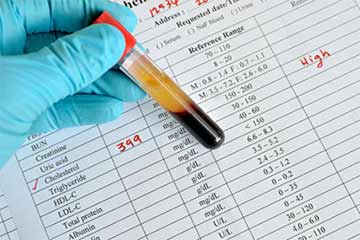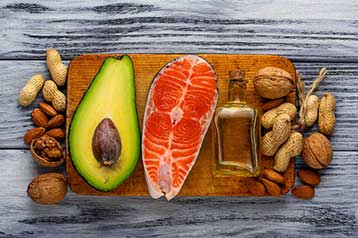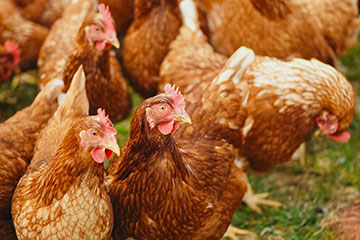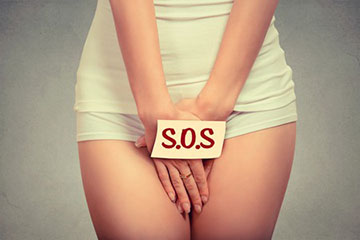Jaundice in Newborn Babies
Diagnosis
When your baby is born they will be checked for jaundice, although it does not usually appear for a few days. If your baby has jaundice, they may be kept in hospital for a few days for observation.
When you are at home with your baby, you should keep an eye on them. Check their skin and the whites of their eyes in a well-lit room. Your midwife or health visitor will also check for jaundice.
To test for jaundice, gently press your fingers on the tip of your child's nose or forehead. If the pressed skin goes white, your child does not have jaundice. If it‘s yellow,they may have jaundice.
You should see your GP or midwife if:
-
your baby is jaundiced
-
your baby’s jaundice is getting worse
-
your baby’s faeces (stools) are chalky white
-
your baby has been jaundiced for over two weeks
Visual examination
Your GP will examine your baby to look for signs of jaundice. They will need to undress your baby and have a look at their skin under good light. They may also check:
- the whites of your baby’s eyes
- your baby’s gums
- the colour of your baby’s stools (faeces or 'poo')
Bilirubin test
If your GP thinks your baby may have jaundice, they will need to test the level of bilirubin (the yellow substance produced when red blood cells are broken down) in your baby’s blood. This can be done in two ways:
- A transcutaneous bilirubinometer is a small device that beams light onto your baby’s skin. By analysing how the beams of light are reflected off the skin, or absorbed by the skin, the device calculates the level of bilirubin in the blood.
- A serum bilirubin measurement can be obtained from a sample of blood, usually taken by pricking the heel of your baby’s foot with a needle. The level of bilirubin in the liquid part of the blood (the serum) is then measured.
Further tests
Some further tests may need to be carried out if your baby's jaundice lasts longer than two weeks, or if the jaundice requires treatment. The tests will help to determine whether there is another underlying cause for the raised levels of bilirubin.
Possible tests include:
- finding out the baby’s blood group by testing a sample of their blood to see if their blood group is incompatible with their mother’s
- a Coombs test, testing a sample of blood to detect antibodies (infection fighting chemicals) that may be attached to the surface of your baby’s red blood cells
- finding out the packed cell volume of your baby’s blood – this tests the amount of cells that are in the blood
- testing a sample of your baby’s blood, urine, or cerebrospinal fluid (the fluid that surrounds the brain and spinal cord) for infections
- testing for the enzyme glucose-6-phosphate dehydrogenase (G-6-PD) in a sample of your baby’s blood to see whether they have a G-6-PD deficiency
- carrying out a full blood count on a sample of your baby’s blood – this involves a number of tests to check different parts of the blood
Source
NHS Choices
Diagnosing of Jaundice in Newborn Babies
Last reviewed: 06/02/2012






